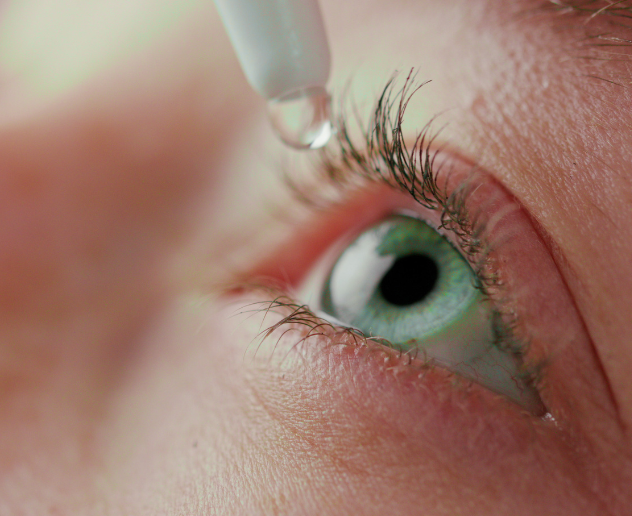Dry Eye Treatment


Tearing
Excessive tearing is a common problem that can be caused by three things: Irritation of the surface of the eye, the inability of the eyelids to pump tears across the eye, or by a blockage. Tears are produced by the glands in the eyelids and drain through small openings in the eyelid, through the nasolacrimal duct, and into the nose.
There are two main categories of blockage; congenital (present at birth) and acquired (present later in adulthood).
In children, tearing present at birth is from a delay in the normal opening of the tear duct and usually resolves by one year of age. The condition may require antibiotic drops or gentle massage to reduce the degree of tearing and discharge. An outpatient procedure to open the tear duct may be recommended if the tearing persists after one year of age.
For adults, the causes of tearing are more varied but can usually be determined at examination. Blockage of the tear flow may occur at any point from the eyelid into the nose. The tearing may cause pooling of tears that interfere with vision or progress to pain and swelling if there is an active infection. Treatment may consist of antibiotic drops to reduce any infection or surgical procedures to establish the normal flow of tears.
Dry Eye Syndrome
Dry eye syndrome is an abnormality of the tear film that results in discomfort and interference with daily living. This chronic condition affects 15% of the population over 65 years of age and is one of the most frequent reasons for consulting an eye care provider. The accurate diagnosis and treatment can have a profound effect on comfort, vision, and daily living. The proper treatment is critical to the successful outcome of eyelid, cataract, and refractive surgeries.
Dry eye disease is difficult to diagnose and treat because of variable symptoms, such as, hormonal changes, effects of certain drugs, and changes in the environment. It is time consuming for both patient and physician and requires multiple visits and balancing an effective treatment plan with realistic compliance expectations. In most cases, however, dry eye symptoms may be greatly improved with an appropriate treatment plan.
After taking a detailed history, an examination can be performed to analyze the tear film, cornea, and eyelid in order to determine an effective treatment. The tear film is composed of an oil, water, and mucus layer that must be in the right balance to adhere properly to the corneal surface between blinking. Treatment recommendations are designed to correct a deficiency in these layers.
A test that can accurately diagnose and manage dry eye that is available at L.O. Eye Care is the TearLab osmolarity test. This test analyzes a small sample of tears for the osmolarity or salt concentration. Remaining tests of the tear film are also valuable to determine the degree of dryness and the probable cause.



